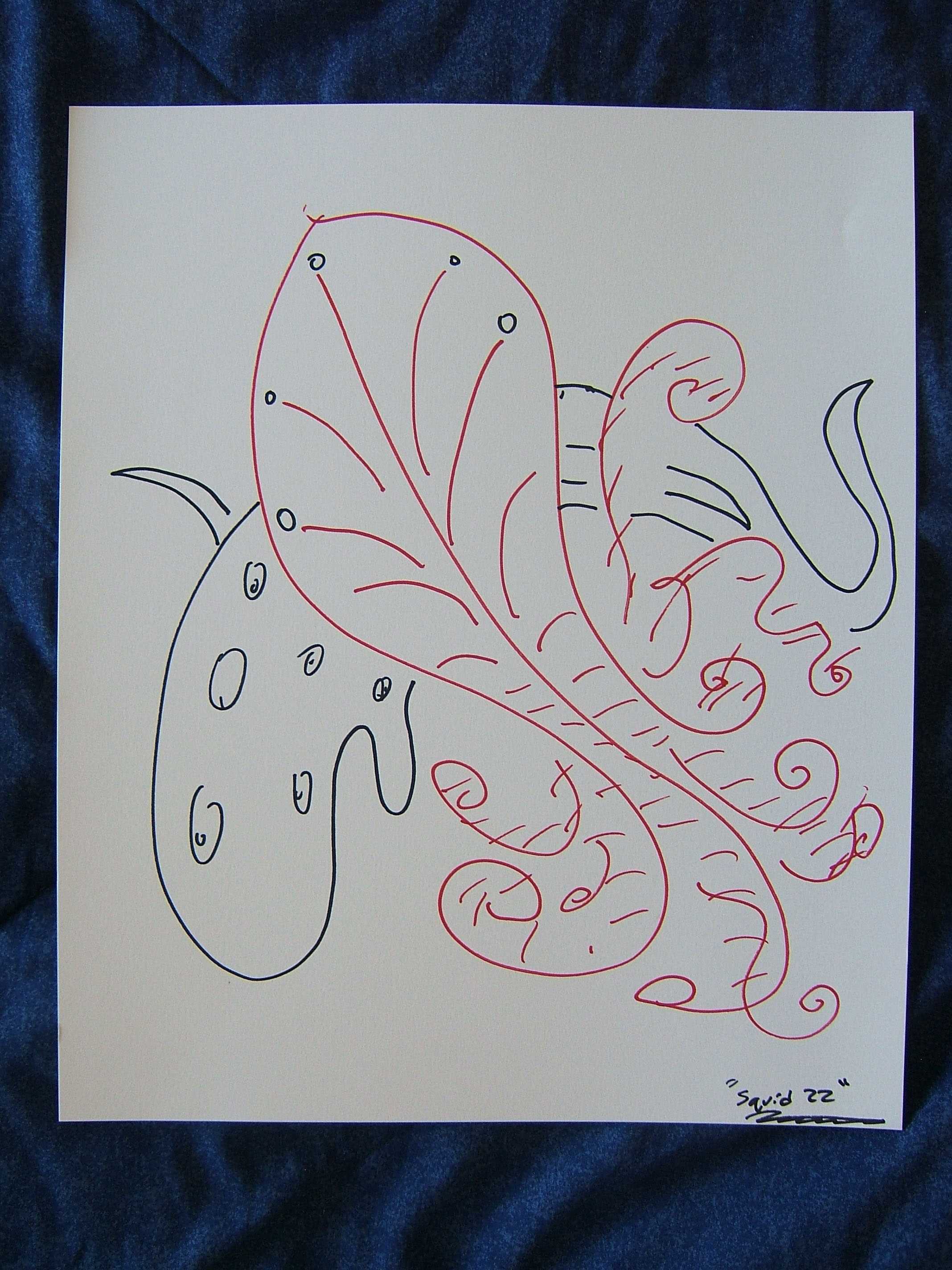There is a reason why writers, such as Herman Melville in Moby Dick, have long used the sea as a metaphor for mental illness. The sea is one of the most turbulent and infinite-seeming places on earth, a place similar to the mindscape of someone experiencing psychosis.
“Challenger Deep,” winner of The National Book Award for Young People Literature, also uses the sea to plunge the depths of mental illness. The novel is a collaboration between CSULB film student and artist Brendan Shusterman and his father, writer Neal Shusterman.
The Daily 49er caught up with Brendan to talk about the novel and its creation.
(Note: Questions and answers have been lightly edited for clarity.)
Can you give me a quick synopsis of the novel and the themes it touches upon? Harper Collins
Harper Collins
“Challenger Deep,” is a novel about mental illness. It’s character, Caden Bosch, is torn between the reality of being in the psychiatric hospital and the fantasy of being on a ship, headed toward the deepest place in the world: the bottom of the Marianas Trench, called Challenger Deep. It is a story with hints of real world things that happened to me as a teenager and is very much drawn from real life experiences. My dad’s goal with this story was to show people what it was like, from the patient’s perspective, to experience a psychotic episode, so that they could better empathize with those who might be suffering.
Can you give me a little background about the novel’s writer, your father?
My dad, Neal Shusterman, is the award-winning author of over 30 books. Some of his best-known works are the “Unwind Dystology,” “The Everlost Trilogy,” “The Ansty Bonano Trilogy” and “The Star Shards Trilogy.” He also has many stand-alone books such as “Downsiders,” “Full Tilt” and “The Dark Side of Nowhere.” My dad has been writing my whole life; both books and screenplays.
What role did you play in the creation of the novel / what type of art did you create for the book?
I was with this project from the get-go. My dad asked me if it would be okay to write a story about mental illness, not about me but inspired by some of my experiences, and there was enough of a distance from the events that I felt it was necessary. This book was a healing process for both of us, and it has helped a lot of people I think.
The artwork I created was all done in about a two-week period during a lengthy manic episode, where this was the only way that I could really express myself. I was adjusting to new medications, and I felt both awe-inspiringly terrible and wonderful at the same time. So the artwork sort of reflects that feeling. There are many, many other pieces that I did during that time which did not make it into the book, and the originals are all in color. There should be prints on sale on my Dad’s website but I’m not sure if we have that up and running yet.
What was it like to collaborate with your father on such a profound and involved project such as a novel? Did your relationship deepen or did you learn new things about each other in the process?
It was definitely a healing process. Working with my Dad, I was able to tell him what it was like, and able to tell him when he got things wrong and when he was spot on. He was more right than he was wrong, because he was with me through most of it.
You mentioned you were currently enrolled at the California State University, Long Beach in the Film Department. Did that help or hinder your work on the novel?
Most of the difficult stuff was out of the way by the time I enrolled at CSULB. A book takes a few years to hit the shelves, so by the time I had enrolled my Dad had already submitted his manuscript and my artwork to Harper Collins.
Although the category for which “Challenger Deep” won a National Book Award was Young People Literature, do you feel the work is relevant to all age groups? Why or why not?
Here’s where I get to get on my soapbox! “Young Adult” is the silliest label in existence in my opinion, because “Lord of the Flies,” “Huckleberry Finn,” and “To Kill a Mockingbird” would all be labeled “Young Adult” by today’s standards. Mark my words: the best literature in today’s market is being written under the Young Adult banner. Bar none.




